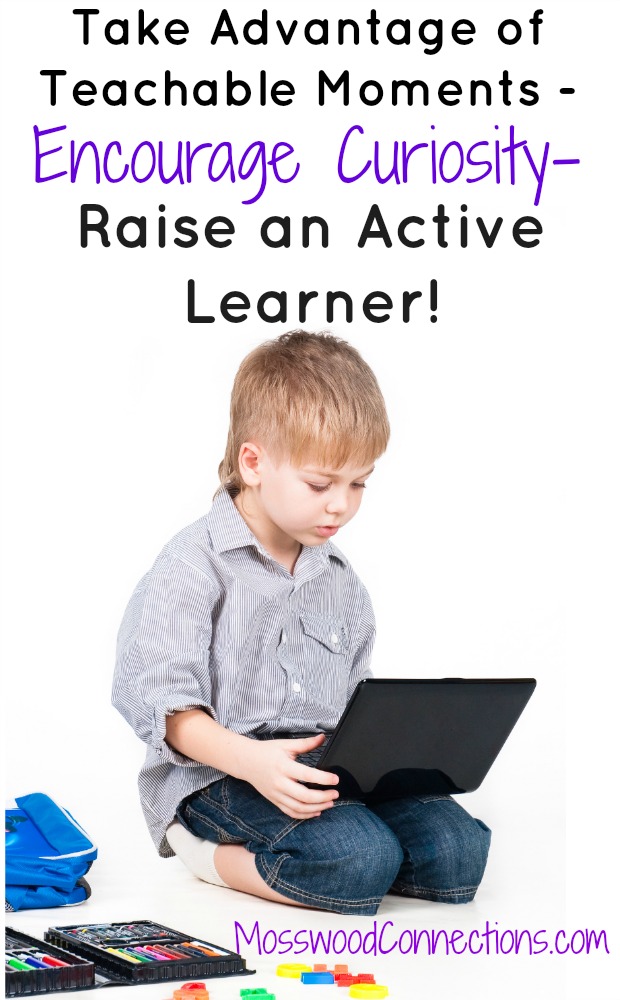Learning Has No Hours of Operation
Raising Kids
Encourage Curiosity in Children
Ever since L was a toddler he’s loved looking through catalogs and picking out outfits that he likes (mostly for me). He would take a marker and go through the entire publication circling the outfits that he favored and excitedly offered to purchase them for me. Not only was he keeping busy, but he was also learning, too. It proved to be a great way to take advantage of teachable moments and keep him busy in the idle moments of life such as when we were waiting to see the doctor, on airplanes, car rides etc…
This page contains affiliate links. Please visit our disclosure page for more information.

Encouraging curiosity leads to self-directed learning.
It had been a while since L had done this but today after breakfast he sat at the kitchen table with a White House Black Market catalog and began circling the items he wanted to buy for me. The activity took on a new twist though, in that he added up the total cost of the items he chose and based on the budget that he created, he began subtracting items from the total and replacing them with items of lower cost to stay within his budget. The catalog included a $20.00 coupon which he applied to his total. It tickled me to see the activity go from a simple busy task to a higher level math exercise which was completely self-directed.

This made me think about the differences between homeschooling and traditional education and the benefits of each.
L’s school is a fantastic little place for learning both for learning the necessary academics but more importantly the social-emotional skills he will need to navigate in a social world. We are grateful to be in a school where the teachers acknowledge the individual learning styles of their students and where the focus isn’t necessarily on grades but on the child’s effort. Regardless of how great this little school is, the children are still bound by a pre-defined curriculum and a fixed schedule. Enter homeschooling.
Giving children opportunities to connect their learning to real-world situations, gives them a chance to be curious, explore complex situations and problem solve.
Child-led learning advocate John Holt believes that children who are provided with a rich and stimulating learning environment will learn what they are ready to learn when they are ready to learn it. I have seen this time and time again with L as well as with some of my past students. L is very advanced in math yet the books that he’s interested in are beyond his current reading level. In the past few weeks, though, he has become more interested in reading on his own and surprised us on Christmas Eve when he chose to tackle our tradition of reading Twas The Night Before Christmas all by himself to an attentive audience. This is the beauty of homeschooling, allowing a child to learn in a more organic, meaningful and interactive way without rushing him through his natural development.

Foster learning by providing a rich and stimulating learning environment
Our son didn’t spontaneously become an active learning. From birth, we have provided him with the experiences, tools, and environment that support his learning style. We created a learning environment in our home. When he was younger that meant lots of sensory play, open-ended toys, dramatic play, and books! As he got older we made sure that he enjoyed real-world experiences, access to technology and plenty of hands-on learning. We enjoyed being part of our son’s growth and learning and seriously considered homeschooling.
We are lucky that we have found a gem of a school that fosters independence and self-directed learning and that we are also able to weave in many aspects of the homeschooling philosophies into our daily activities; taking advantage of teachable moments and encouraging curiosity and critical thinking skills. After all, learning has no hours of operation, it’s an all day every day, even in our sleep affair!
